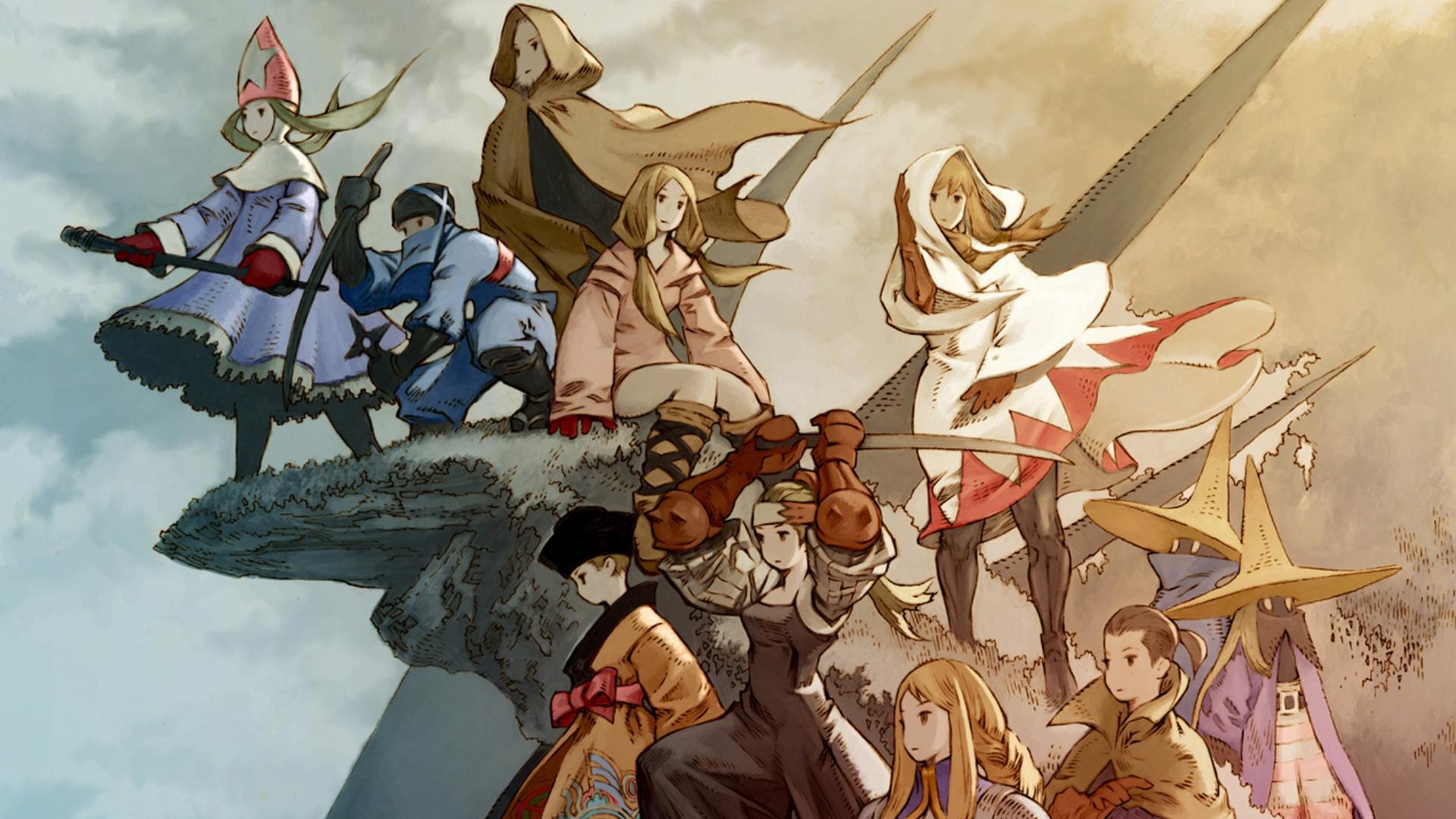
Biomotor Unitron has a wicked name. We’d forgive you for assuming it refers to an obscure power metal band or maybe the title of a 1990s mech-based anime. In reality, Biomotor Unitron is a mech-building role-playing game originally released for the Neo Geo Pocket Color way back in 1999 – which is also pretty cool. But does this retro title, now available on Nintendo Switch eShop, live up to the evocative image its name invokes?
In Biomotor Unitron, you assume the role of a Unitron Master. In other words, a pilot of a meteor-powered mech suit called a Unitron. Unitron Masters the world over gather in the city of Rhafiace to compete in arena battles in order to eventually earn the rank of Master of Masters (yes, you read that right). A handful of characters add a little colour to the adventure and there’s a Big Bad to defeat, but by no means is this narrative one to remember.
While light on story, Biomotor Unitron is heavy with retro charm. The game pops on Switch with a lot of vibrancy when the more authentic Neo Geo Color screen filter is switched off. And while the soundtrack didn’t quite impress us, it still filled us with warm, nostalgic feelings in the way that only a catchy 8-bit soundtrack can.

Biomotor Unitron sets itself apart from the direct competition it faced in 1999, namely Pokemon Red and Blue and Dragon Warrior Monsters. Instead of collecting monsters to raise and battle, you gather resources to purchase or develop better parts for your Unitron. Arms are foremost among these parts because they function as your Unitron’s weapons, and there’s a lot to uncover – power fists, magic hands, line guns, and so on. To gather these resources, four dungeons filled with monsters to slay are open for exploration at any time.
While we would like to excuse the dungeons for their tedious simplicity, we really can’t. In 1999, they would’ve been just as much of a slog. Randomised layouts only help so much when the dungeons consist of not much more than a simple labyrinth filled with chests to open. They do have a little flavour as each one comes paired with an elemental affinity which can be exploited by equipping certain Arms. A power fist Arm with a fire affinity, for example, makes quick work of the monsters in the Forest of Verdure.
Unfortunately, there is little in the way of nuance here, though – equip an arm that has an advantage over the area you want to explore, and have at it, at least until more difficult monsters show up. But even then, once you learn which of the eight affinities a monster belongs to, it’s simply a matter of using that Arm to attack until you win.

Random battles occur with Mushroom Men and Kraken every handful of steps. And while emulated Neo Geo Pocket Color games on the Switch come with a handful of welcome features – such as skins for the Pocket Color itself (which we opted to play without), a wonderfully authentic digital instruction manual, and a rewind function – there’s no option to speed up these encounters, which is something that comes standard with many vintage RPG remasters and ports. We grew tired of the random battles pretty quickly.
Outfitting our Unitron we did not grow tired of, however. After dungeon diving for GP and materials, we could purchase new parts and develop Arms in our workshop. Equipping different parts to alter a wide-range of stats changed the appearance of our robot dramatically. At one point, our Unitron had dinosaur legs and massive axes for arms. Not long after, treads made it look much more like a tank with a rapier for one Arm and a massive sledgehammer for the other. This was by far the highlight of our ten or so hours with Biomotor Unitron.
With our Unitron souped-up, it was off to the arena to rank up. Each rank consists of a handful of one-on-one rounds against a Unitron Master. There isn’t a lot of depth here. Battles consist of choosing which arm to attack with, using an item, or charging to restore the energy required for attacks, but we found the most impactful metric for whether we’d win a round was if we levelled up enough beforehand. If we got smoked by a Unitron with a massive tiger head for a body, we’d grind a little in one of the dungeons before returning to steamroll the competition with ease. Rinse, repeat.
Conclusion
Biomotor Unitron seems like an awesome mecha-building RPG that draws inspiration from some of our favourite classic games, but in reality it’s a shallow curiosity with a fair share of charm to sink an afternoon or two into and not much more. The pieces are here – in fact, we’d love to see a Biomotor Unitron-like game made with modern sensibilities – but the motivation to motor on through the monotonous random battles to rank up in the arena depends wholly on how much you’ll enjoy some vivid sprites and catchy retro tunes.








